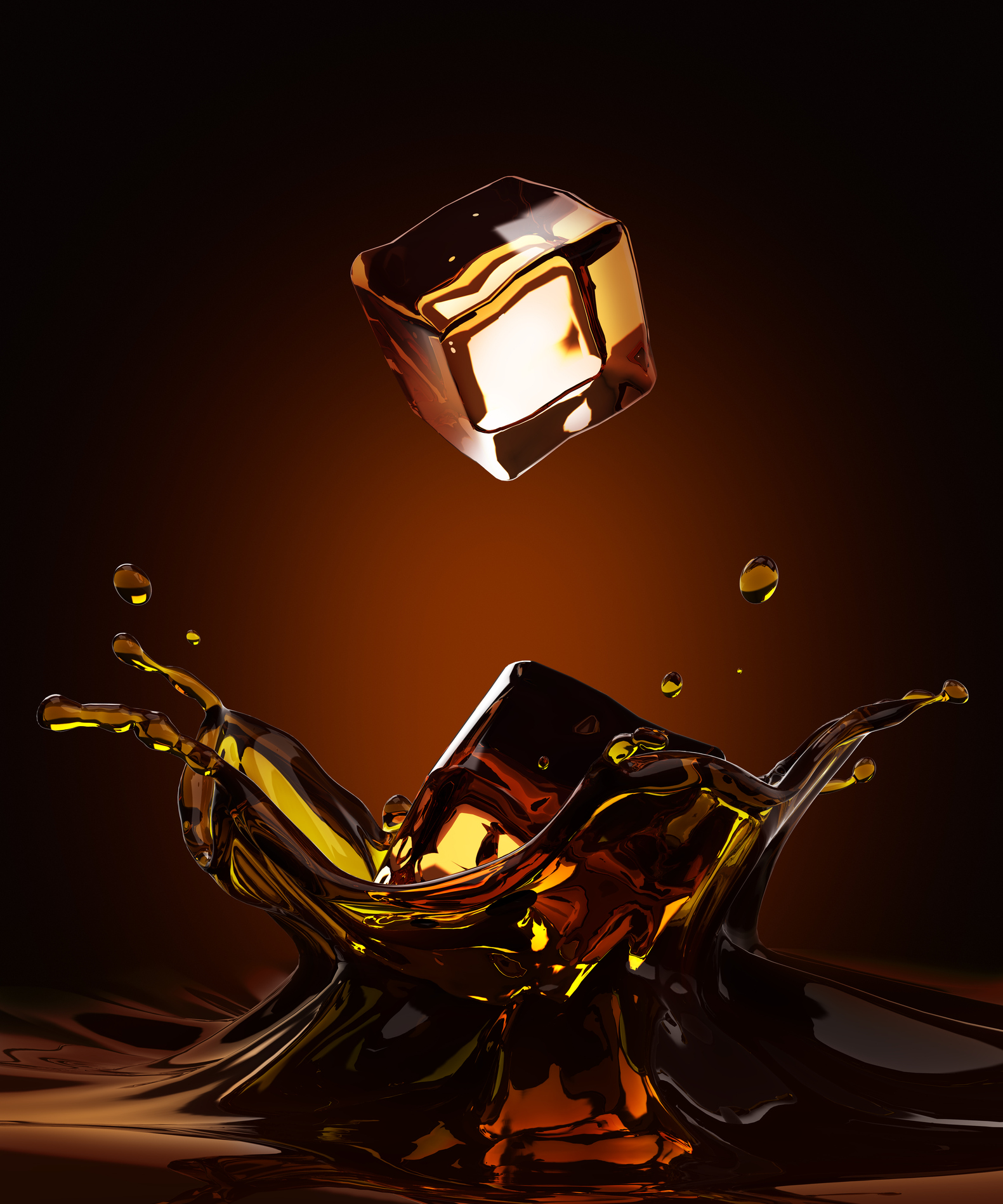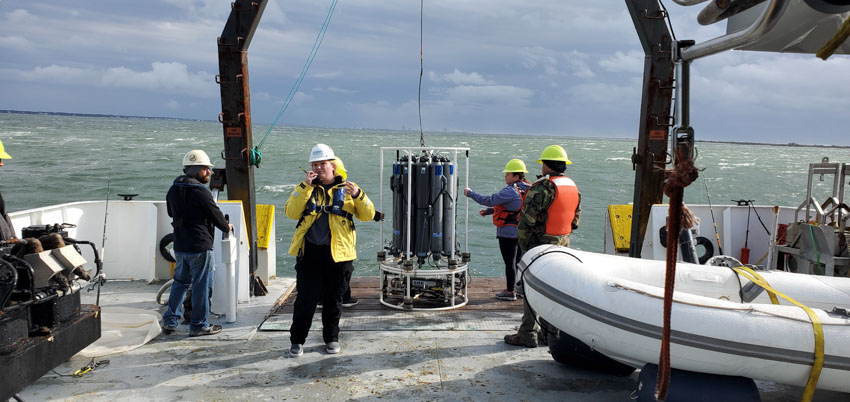Alcoholic drinks have unique flavor profiles that are influenced by the shapes formed by water and ethanol molecules. According to a recent study conducted by Lei Jiang and his colleagues at the Chinese Academy of Sciences, temperature and alcohol levels affect the taste of these beverages in different ways.
The researchers examined the molecular makeup of various alcoholic beverages like beer, rice wine, and baijiu. They used imaging techniques to study the clusters of water and ethanol molecules at different alcohol levels and temperatures. Results from taste tests showed that colder and less alcoholic liquids were associated with a more refreshing flavor due to their compact structure at lower temperatures. In contrast, warmer drinks and those with a higher alcohol by volume (ABV) were perceived as more pungent and alcoholic due to their different cluster formation.
However, Gavin Sacks from Cornell University cautions that the relationship between molecular clusters and taste is complex. He explains that receptors in the mouth can be triggered not only by heat but also by the burning sensation of alcohol. Therefore, it’s important for manufacturers to consider both temperature and ABV when creating new recipes for alcoholic beverages to ensure a consistent flavor profile across all products.
Overall, this research provides valuable insights into how molecular structures impact the taste of alcoholic beverages, opening up new opportunities for innovation in this exciting industry.



